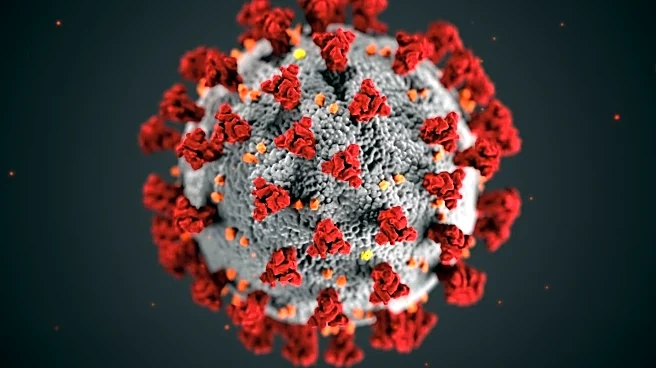What's Happening?
Researchers at the University of Cambridge have developed 'hematoids,' lab-grown clusters of cells that can produce human blood stem cells. These embryo-like structures, made from donated human stem cells,
can differentiate into red and white blood cells, similar to umbilical cord stem cells. The hematoids lack critical tissues for full development but can produce blood after two weeks of incubation. This discovery could potentially supplement blood donations for patients with disorders like leukemia and lymphoma.
Why It's Important?
The development of hematoids represents a significant advancement in regenerative medicine. By potentially providing a new source of blood stem cells, this technology could alleviate shortages in blood donations and offer new treatment options for blood disorders. The ability to produce blood cells in the lab could also lead to breakthroughs in drug screening and the study of blood and immune system development. This innovation could have far-reaching implications for healthcare, potentially reducing dependency on blood donations and improving treatment outcomes for patients with blood-related conditions.
What's Next?
While the hematoids are currently prototypes, the research team at the University of Cambridge is optimistic about their potential for future regenerative therapies. The ongoing development of this technology could lead to new methods for repairing and regenerating damaged tissues using a patient's own cells. Further research and testing will be necessary to refine the process and ensure its safety and efficacy for clinical use. The team aims to continue exploring the capabilities of hematoids and their applications in medical science.











